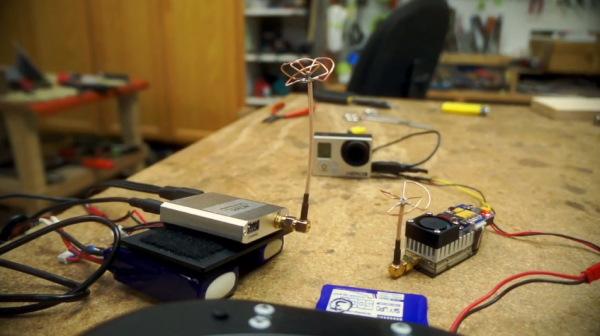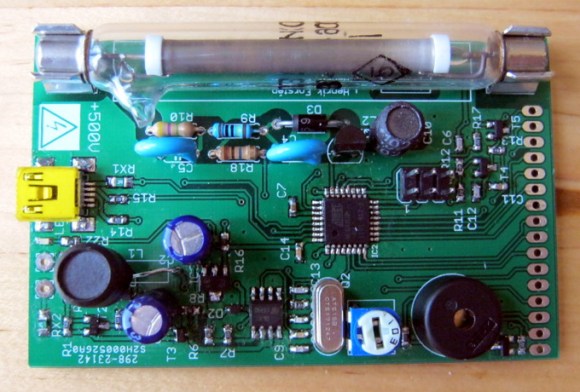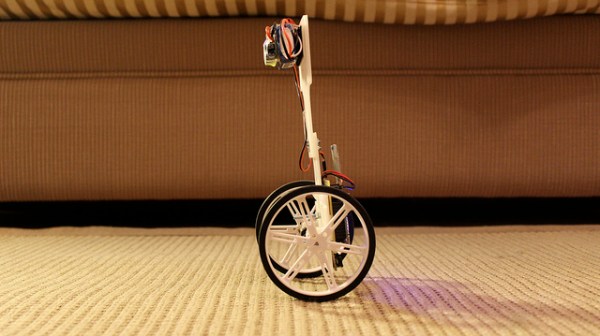 I’ve been having fun with the newsletter, and we have over 2500 people subscribed. Up to this point they have mainly just been composed of information about the videos I’m making. I’m going to change that this week. The emails will now also have 10 random hacks, probably the most popular hacks that week. Maybe something from the past of hackaday. It all pretty much just depends on what people end up enjoying. You’ll find the sign up form here, or over there –> in the side bar.
I’ve been having fun with the newsletter, and we have over 2500 people subscribed. Up to this point they have mainly just been composed of information about the videos I’m making. I’m going to change that this week. The emails will now also have 10 random hacks, probably the most popular hacks that week. Maybe something from the past of hackaday. It all pretty much just depends on what people end up enjoying. You’ll find the sign up form here, or over there –> in the side bar.
I’m going to keep this extremely informal. I’ll let you know what projects I’m working on, and share some hacks with you. Sign up if this sounds like something you’d enjoy! I plan on sending out 1 to 2 emails per week.















